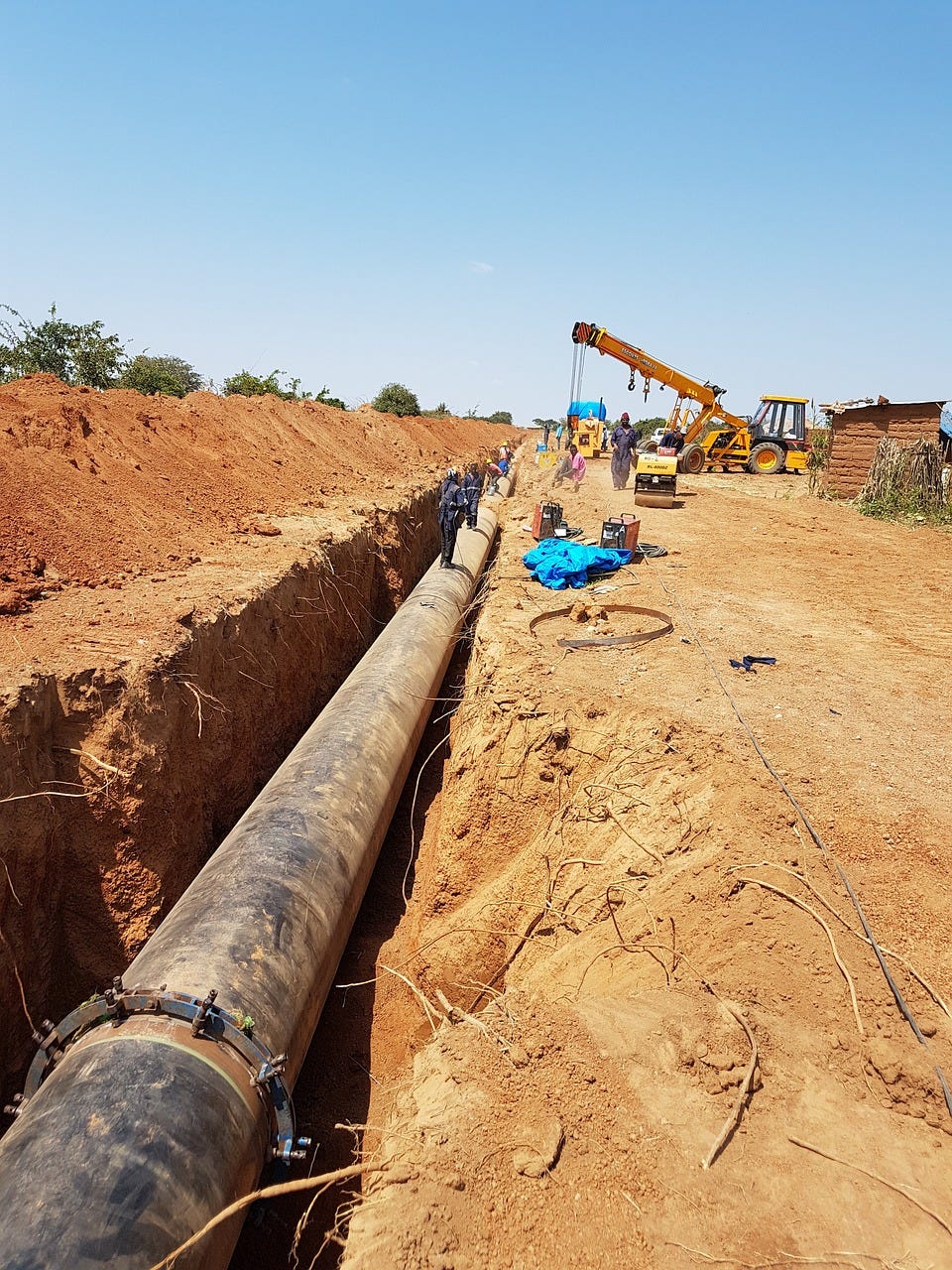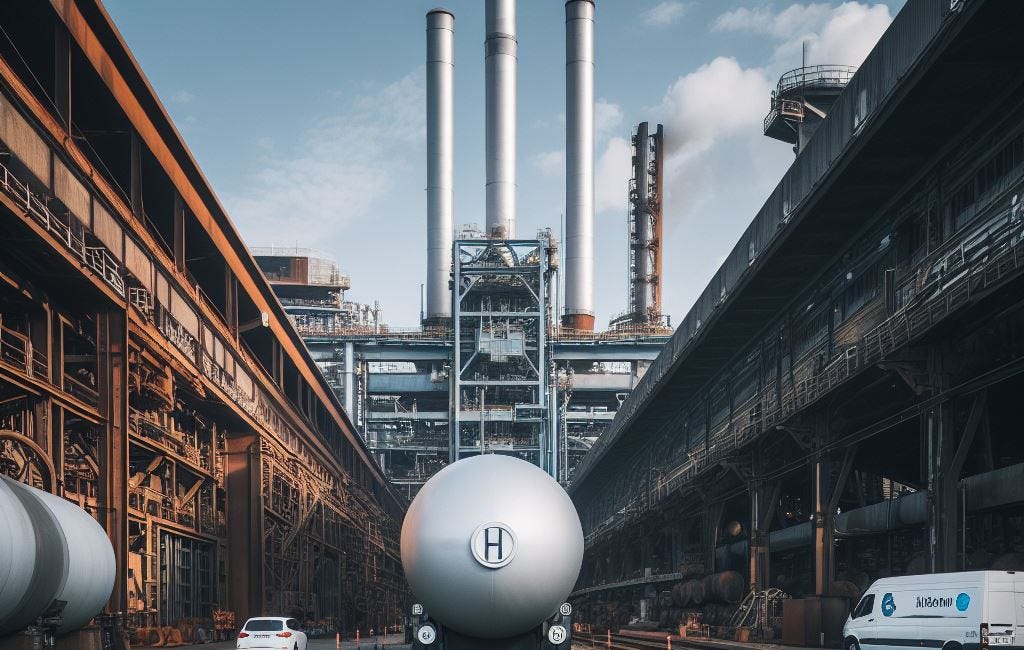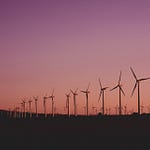In the quest for a sustainable energy future, the European Union (EU) stands at a crossroads. The solution may lie just across the Mediterranean, in the untapped potential of North African states like Morocco, Algeria, and Tunisia. A strategic energy partnership between the EU and these nations is not just beneficial; it's a necessity for a greener, more secure energy future.
Complementary Energy Profiles: The Basis for Partnership
The European Union's ambition to become a hydrogen-powered economy faces a significant hurdle: the region's limited capacity to produce sufficient hydrogen within its borders. The EU's geographical and climatic conditions are not uniformly conducive to large-scale renewable energy production, which is essential for green hydrogen production. This limitation necessitates looking beyond the EU, turning the focus towards North Africa - a region with abundant renewable energy resources, particularly solar and wind energy, crucial for green hydrogen production. This complementary relationship between the EU's energy demand and North Africa's energy potential forms the bedrock of a strategic partnership.
Stability and Proximity: Strategic Advantages
Geographical proximity is a significant advantage. The short distance between North Africa and Europe reduces logistical complexities and costs associated with energy transportation. Moreover, political and economic stability in countries like Morocco makes them reliable partners. This proximity and stability are crucial in ensuring a consistent energy supply, a key concern for the EU in its quest for energy security.
But as we learned in the last decade - a stable partner can suddenly change his political course. The current energy crisis in the EU happened because Russia decided to start a war against Ukraine and use the dependency of European states on Russian gas as a weapon. The underlying question for a future partnership will be: how can the EU avoid a one-sided dependency while giving other countries a stable and reliable partnership?
Economic and Environmental Benefits: A Win-Win Scenario
For North African countries, this partnership is not just an opportunity to export energy; it's a chance to stimulate their economies, create jobs, and develop their technology sectors. For the EU, it's an opportunity to diversify its energy sources, reducing dependence on traditional fossil fuels and moving towards a more sustainable energy mix. This shift is not just environmentally responsible; it's also economically prudent in the long term.
Morocco, Algeria, and Tunisia all have stable economies, but they lack growth, and Tunisia, especially, has faced some economic problems in the past. Both Morocco and Algeria are also known as states from which refugees come to the EU. Building up a broader economic base for their populations would lower the pressure on the EU border and also ensure that the "brain drain" these countries have faced in the past comes to an end.
Approaching the Partnership: Steps Towards Collaboration
Policy Frameworks and Agreements: The first step is establishing a clear policy framework. This includes bilateral agreements that outline the terms of energy trade, investment, and technological exchange. These agreements must ensure mutual benefits, respecting the sovereignty and development goals of North African states.
Investment in Infrastructure: Building the necessary infrastructure, such as solar and wind farms in North Africa, and upgrading the grid connections between these countries and Europe, is crucial. This includes considering innovative solutions like green hydrogen production and its transportation.
Technological and Knowledge Exchange: The EU can offer technological expertise and funding, helping set up state-of-the-art renewable energy projects in North Africa. In return, the EU gains access to a new, sustainable energy source.
Ensuring Sustainability and Equity: It's vital that this partnership doesn't become a new form of resource exploitation. Projects must be developed sustainably, with respect for local environments and communities. Benefits must be shared equitably, ensuring that local populations gain from these initiatives.
Long-Term Commitments: Both parties must view this partnership as a long-term commitment. This means consistent policies, even as governments and political landscapes change, to ensure continuity and stability in energy cooperation.
The Logistics of Hydrogen Transportation: Pipelines and Challenges
Transporting hydrogen from North Africa to Europe presents its own set of challenges and costs. The cost of building a hydrogen pipeline depends on various factors, including the length of the pipeline, the terrain it crosses, the capacity of the pipeline, and the technology used. For comparison, the cost of natural gas pipelines can range from about $1 million to $5 million per mile, but hydrogen pipelines can be more expensive due to the need for more advanced materials and technologies to handle hydrogen's unique properties (it is a small molecule which makes it prone to leakage, and it has the tendency to make metals brittle). A pipeline covering thousands of kilometers, as would be the case from North Africa to Europe, could cost tens of billions of dollars.
The time required to build such a pipeline would depend on the length, the difficulty of the terrain, the capacity of the construction companies involved, and the bureaucratic and regulatory processes in each country the pipeline traverses. Large-scale pipeline projects can take several years to over a decade from planning to completion. Typically, a project of this magnitude could take anywhere from 5 to 10 years, factoring in planning, approvals, construction, and testing phases.
It's also worth considering alternatives to pipelines, such as transporting hydrogen in the form of ammonia or other hydrogen carriers via ships, or producing hydrogen locally in Europe using renewable energy sources.
Conclusion: A Path Forward Together
The strategic energy partnership between the EU and North African states like Morocco, Algeria, and Tunisia is more than a mere transactional relationship; it's a collaboration towards a sustainable future. By combining Europe's technological prowess and financial resources with North Africa's renewable energy potential, this partnership can pave the way for a greener, more sustainable, and economically prosperous future for both regions. By building strong energy partnerships with North African countries, the EU can also extend its geopolitical influence in the region, countering the influence of other global powers and contributing to global energy stability. In this era of climate change and geopolitical shifts, such collaborations are not just beneficial; they are essential.
More Links:
The impact of industry transition on a CO2-neutral European energy system
A new study by Fraunhofer ISI for the EU Commission has examined the impacts of the industry transition on the European energy system in different scenarios. The study shows that Europe’s industry in 2050 will need substantial amounts of green hydrogen and a corresponding transport infrastructure, even with strong electrification of process heat. In the interview, the study’s author, Dr. Tobias Fleiter, explains the results and reveals where the green hydrogen for our industry could come from in the future. https://op.europa.eu/en/publication-detail/-/publication/72954c87-327a-11ee-83b8-01aa75ed71a1
Green hydrogen in Europe – A regional assessment: Substituting existing production with electrolysis powered by renewables
The increasing ambition of climate targets creates a major role for hydrogen -especially in achieving carbon-neutrality in sectors presently difficult to decarbonise. This work examines to what extent the currently carbon-intensive hydrogen production in Europe could be replaced by water electrolysis using electricity from renewable energy resources (RES).
https://www.sciencedirect.com/science/article/pii/S0196890420311766
The Political Economy of Green Hydrogen in Europe: Reinforcing Regional Inequalities?
The scale-up of renewable hydrogen production and its use in industry and transport has the potential to achieve decarbonization where direct electrification is not an option. Green hydrogen also offers opportunities to develop technological leadership and economic perspectives within a future net-zero economy. https://www.rifs-potsdam.de/en/blog/2023/09/political-economy-green-hydrogen-europe-reinforcing-regional-inequalities
Maximizing Europe’s Green Hydrogen Supply
To rapidly reduce reliance on Russian fossil fuels, the EU recently set one of the most ambitious hydrogen deployment targets in the world: to deploy 20 million tons of renewable produced hydrogen as a fuel and a feedstock by 2030. Still, with significant public funding promised to new green hydrogen producers in the United States, some advocates in Europe have expressed concern that the EU will lose out on investments in new hydrogen facilities. https://rmi.org/maximizing-europes-green-hydrogen-supply/
Building partnerships for an international hydrogen economy: Entry-point for European policy action
European and the German hydrogen strategies envisage strategic technology and energy partnerships with other regions that offer favourable conditions for the production of renewable hydrogen (BMWK 2020; EC 2020). However, the development of such partnerships faces important challenges and has implications that extend far beyond the hydrogen sector. https://justclimate.fes.de/e/building-partnerships-hydrogen-economy-european-policy
In case you missed it:
The Russian-Ukraine Conflict: A Catalyst for Europe's Hydrogen Economy Transition - Change of Directions Newsletter 15.11.2023
Listen now (10 mins) | As the continent grapples with the repercussions of its heavy reliance on Russian gas, the situation has inadvertently cast a spotlight on alternative energy sources, particularly hydrogen. This editorial explores the extent to which the conflict may accelerate Europe's transition from fossil fuels to renewable energies, such as hydrogen, and the potent…















Share this post